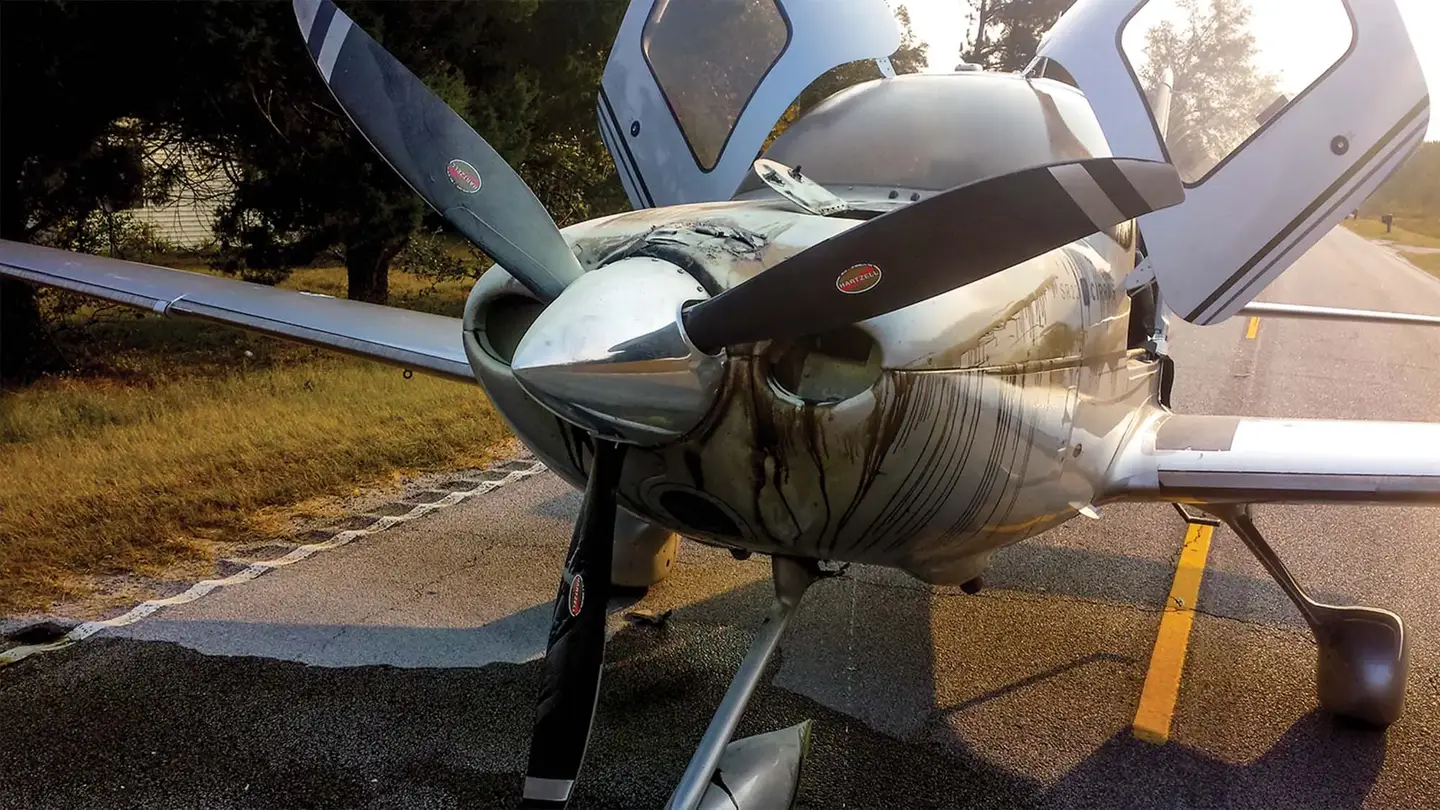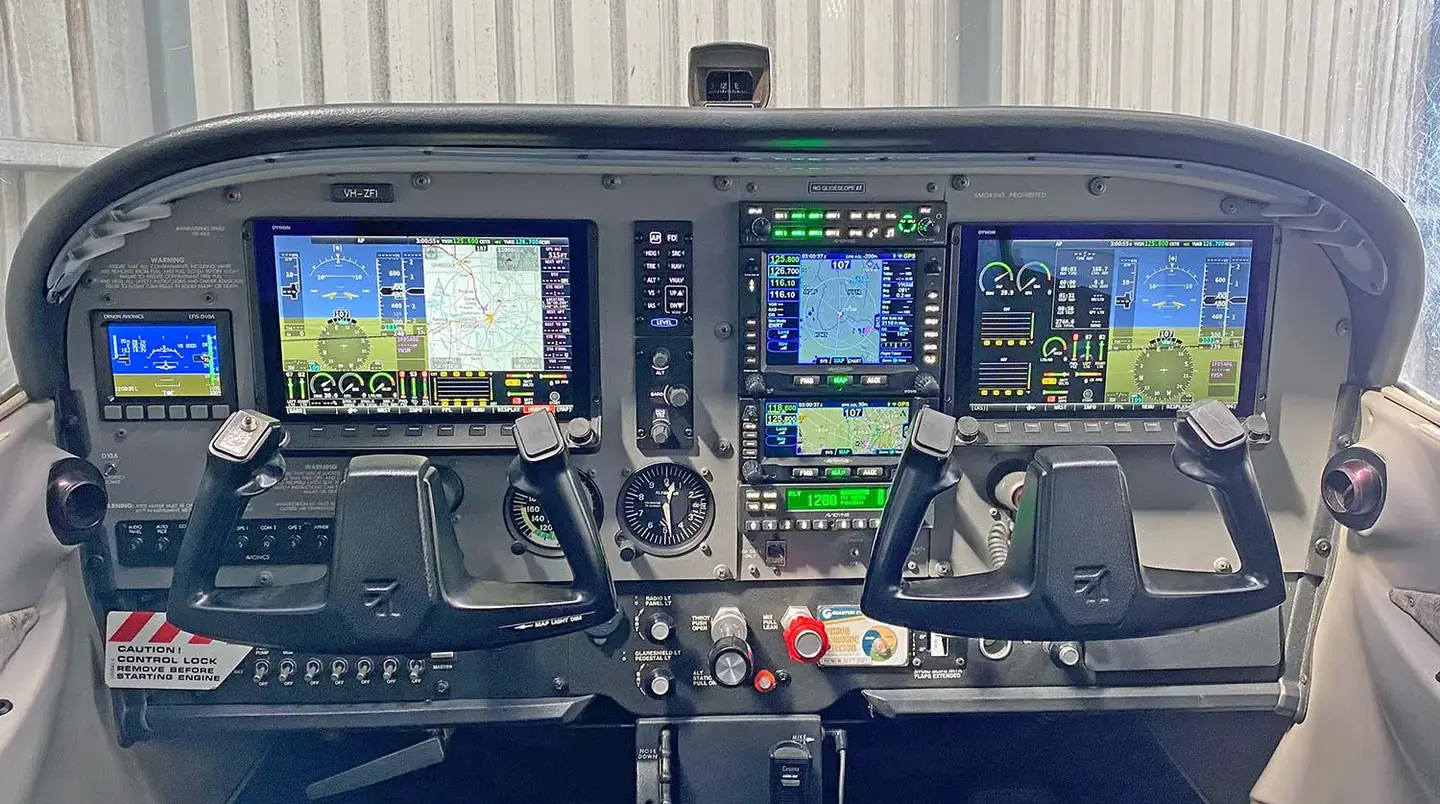In the Shadow of 9/11: Volunteer Pilots Take Action
History tells us that the only constants in the wake of a natural disaster or enemy attack are confusion, anger and a grim determination to fight back. Its victims and…

History tells us that the only constants in the wake of a natural disaster or enemy attack are confusion, anger and a grim determination to fight back. Its victims and their leaders face the need to make decisions and act despite a nearly crippling lack of information, unreliable eyewitness statements, rumors and pronouncements by self-proclaimed experts. The fallout of attacks of September 11 of the first year of this century were true to form as leaders, first responders and those pressed into service did their best to help, whether it was to apply direct pressure to a gaping wound on a bleeding child near the World Trade Center towers or order the shutdown of the National Airspace System to thwart further attacks.
Most of us in the community of general aviation clenched our fists impotently, wanting to use our skills to do something, anything to help—but our airplanes were grounded. It was illegal for us to rise even an inch off of a runway. Were we to reach for the sky in those first confused and fearful days, there was a presumption that we were more terrorists intent on mayhem and we faced being shot down.
Some in our general aviation community remembered the same fear that crossed the country following the attack on Pearl Harbor on December 7, 1941, and the order that not only grounded “little airplanes,” but in many parts of the country mandated that their propellers be removed and locked up.
While aircraft were grounded, those treating the grievously injured in New York and Washington, D.C., were finding their supplies and supply lines overwhelmed by the deluge of patients. Hospitals blew through their supplies of blood, blood products, collection tubes and bags and other medical consumables—and then the available supplies in the surrounding areas. The call went out, nationwide, for medical supplies, notably blood.
The airlines were parked and the red tape to unground them, or even some of their airplanes was unyielding—especially as leaders tasked with defense of the country were painfully aware that one slipup could result in yet another airliner being used as a weapon of mass destruction.
What is not well known is that some volunteer pilot organizations and their pilots were able, in the first hours after the attacks, to get permission to fly and carry urgently needed medical supplies. So that we don’t forget what a few pilots and “little airplanes” can do, I think it’s worth taking a few minutes to remember their actions on this anniversary—because it’s a lesson to keep in mind when resources are needed in the disasters that are to come in the future.
Every year the National Aeronautic Association gives its Public Benefit Flying Awards to volunteer pilots and organizations who have gone above and beyond in service to humanity. In 2003 its Teamwork Award went to “Angel Flight of Oklahoma, Volunteer Pilots Association and the many other Volunteer Pilot Groups of September 11.” I think the best way to tell the story is to quote from the nomination written by Rol Morrow, himself distinguished in the volunteer pilot organization world and recently retired head of the Air Care Alliance.
The Nomination
“On September 11, 2001 emergency officials and the Red Cross feared that many thousands of injured would require massive amounts of blood and other medical supplies. Before the end of the day the Oklahoma Blood Institute was frantically seeking a way to get blood to New York, partly as a way of repaying help from other blood banks when they had an emergency need in 1995 following the Oklahoma City bombing. The airlines were grounded. The Institute turned to Angel Flight of Oklahoma. Its leader and pilot, Doug Vincent, got on the phone and started the ball rolling. Late on the evening of September 11 Vincent filled his Cessna 210 with fourteen 40-pound boxes of blood and eight boxes of collection tubes and bags.
“Prior to the flight Vincent had arranged with Kevin Sell of the Volunteer Pilots Association to help with the next leg. Sell arranged for pilots David Applegate and James J. Miller to meet Vincent in Louisville, Kentucky, where the supplies would be transferred to their two airplanes, a Beechcraft A36 Bonanza and Piper Twin Comanche.
“At 3:00 a.m. Applegate and Miller began their flights to Pittsburgh, Pennsylvania. Arriving shortly after 5:00 a.m., they transferred the load to a Cessna Citation flown by Robert Ferree and Christopher Hayden, also members of Volunteer Pilots Association. Departing immediately, they arrived at Westchester County Airport, New York at 6:30 a.m. where transportation was waiting and drove the needed medical supplies into New York City.
“This flight was the first of what became hundreds in the subsequent hours and days by volunteer pilots who worked in coordination with the FAA, Emergency Service Officials and NORAD using the ambulance flight callsign ‘Lifeguard.’
Trusted Organizations
“On September 11 flight coordinators and leaders of many volunteer plot organizations began to see if they could help. Some were told that no one would be allowed to fly. Others pressed the matter and found that FAA and other officials who recognized the organizations, their history of good work and were able to trust them, could authorize their flights. As a result, emergency service personnel, grief counselors, rescue dog booties, blood and emergency blood kits were delivered to the emergency sites while blood samples were dispatched from them for testing all over the eastern U.S. to take the load off the strained facilities near the devastation. Other flights provided surveillance, aiding disaster agencies on the ground.
“We will never know the names of all of the groups and all the volunteers who pitched in. We do know that many did, some of those are noted below, and of those, many cooperated by linking up flights to cover distances one plane or group could not fly.
“Some of the other groups that flew missions include Angel Flight of Georgia (more than 45 flights), AirLifeLine (more than 100 flights including moving lost emergency service workers’ families to the services in NYC), Angel Flight East (more than 50), Angel Flight Mid-Atlantic (several flights) which linked with Angel Flight Southeast, Angle Flights Network (linking from Florida with several eastern U.S. groups), Corporate Angel Network (using business aircraft) and, of course, Civil Air Patrol (CAP), which flew a variety of missions in different parts of the country including personnel and supply transport and surveillance.
“A CAP crew was the first volunteer airplane to fly surveillance over ground zero in New York City.
“These individuals really don’t worry much about who gets the credit. Instead, they simply pitch in and rise to the occasion when the need is there. We can support them and their good work by making sure they are recognized and honored in the highest possible venue we can provide. In addition, it is heartening that on a day that aviation was used as a weapon, it was also used as a means of rescue, relief and recovery by selfless aviators who picked themselves up and dove into constructive action in spite of the confusion.”
Your Skills Are Needed
I can’t add to the language of Rol Murrow’s nomination. I’m just proud that as a pilot, our community has historically volunteered to do all we can to help our Americans in distress. This remembrance of the actions of volunteer pilots following the 9/11 attacks is a credit to every pilot who has ever volunteered to fly someone for needed medical care, to join and fly for the CAP, to carry scientists over environmentally threatened areas, to carry people and supplies for disaster relief, to rescue animals from euthanasia shelters and the myriad other good works that can be accomplished our using general aviation airplanes.
If you are interested in volunteering your skills as a pilot, contact the Air Care Alliance, the umbrella organization that supports volunteer aviation—they’ll help match you with a volunteer pilot organization that fits your goals.
Rick Durden has been a volunteer pilot for over 30 years, is a CFII, holds an ATP with type ratings in the Douglas DC-3 and Cessna Citation and is the author of The Thinking Pilot’s Flight Manual or, How to Survive Flying Little Airplanes and Have a Ball Doing It, Vols. 1 & 2.






